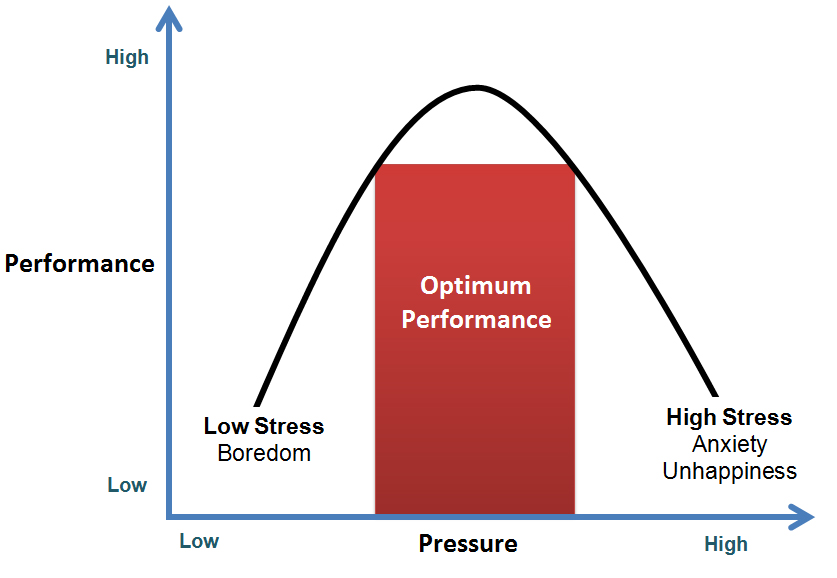
Real success in the food and beverage business requires constant attention to all facets of your operation. Your physical space, product offerings, value and a multitude of other factors must be consistently excellent in order for your establishment to flourish.
That being said, it is and always has been my position that our industry is fundamentally a people business. While the decisions managers and owners make are important, success is mostly dependent upon your customers and your staff’s ability to meet or exceed the expectations of these customers. Your employees are tasked with delivering your vision and nurturing your establishment’s relationship with your customer. Getting the most from your team is of critical importance. Here’s how.
1.Your Applicants -- Hire the right people for the right jobs
It is important for managers and owners to identify the skills and characteristics of applicants that likely predict highly performing employees. To accomplish this, write position descriptions and then list the traits associated with exceptional employees currently filling these positions. Are your best employees fast, personable, conscientious, reliable? This is referred to as “benchmarking your own.” Benchmarking helps you to understand why certain employees are great and provides you a very good chance to find others who are similar.
2.Your New Hires -- Train, Train, Train…and Orient
A strong training and orientation program is critical to the ability of your employees to perform. New hires need to understand the general operating concept of their new environment as well as specific systems, policies and procedures that must be adhered to. Additionally, especially as it relates to high customer contact employees like service and bar staff, trainees should be instructed in the nuances of customer service as well as what is expected of them. A training manual can go a long way to accomplishing this.
Too many operators rely on on-the-job training alone to familiarize their new hires with the operation. It works well, but not as the only means of training. A comprehensive training and orientation program results in employees who know what you want from them and have the tools to deliver.
3.Your Current Staff -- Understand What Motivates
So the easy answer is that money motivates, especially in this business. This being the case, paying more should result in excellent performance. Obviously, this is not always the case. While compensation is important, it may not be the sole motivator for some. It is incumbent upon you to figure out what really motivates each member of your team and then provide it. Perhaps you have a member of your bar staff who wants to create signature cocktails for your bar or compete in cocktail competitions…let her. Maybe you have a bartender who aspires to be a bar manager…groom him.
Money is why people work. But it may not be as much of a motivating factor as, say, creativity or advancement or flexibility or recognition. Make an effort to understand what motivates and when possible, provide it. Your effort will be rewarded.
4.Your Message – Reinforce and Reward
If your goal is to get the best out of your employees then you need to constantly and repeatedly communicate to them which of their behaviors are acceptable and which of their behaviors are not. Over time, especially as it relates to longer term employees, excellent behavior is taken for granted, is expected and is therefore not recognized. It is important to recognize the excellent acts of all employees all of the time. It lets the involved party know that they are appreciated and sends a very powerful message to co-workers about what excellence looks like and that it is expected.
It is equally important to point out behaviors that are unacceptable. Doing so publicly should be avoided when possible and suggestions for improvement should always be included. Be aware that if bad behavior goes unaddressed, the offending party, as well as the rest of your staff, may then assume the behavior is acceptable. Your failure to react is referred to as tacit approval…you didn’t say it wasn’t O.K. so it must be O.K. Even a private admonition can have a profound impact then on all of your employees.
5.Your Current Environment – Create the Right Atmosphere
The atmosphere that you create in your establishment is most significant to squeezing the most out of your employees. As you might expect, work environments where the stress level is exceptionally high usually result in poorer employee performance. The bar business is stressful by its very nature. As a manager, you shouldn’t make it any more stressful than it already is. Providing appropriate training, staffing to appropriate levels and not constantly micromanaging and criticizing staff are actions you can take to reduce stress on staff and encourage excellent performance.
You might not expect that an environment where there is too little stress can also result in poor employee performance. Low expectations, overstaffing and lack of supervision can all lead to environment in which employees feel too comfortable. This level of comfort can lead to apathy and a lack of urgency.
Tightening the screw on your team just the right amount seems the best way to get the most out of them. This is more an art than science and will vary from operation to operation, staff to staff, manager to manager. For visual representation of the right balance and the impact of low and high stress on performance, see the graphic representation of the Yerkes-Dodson Law included. Your goal is to be at the top of the bell curve.
